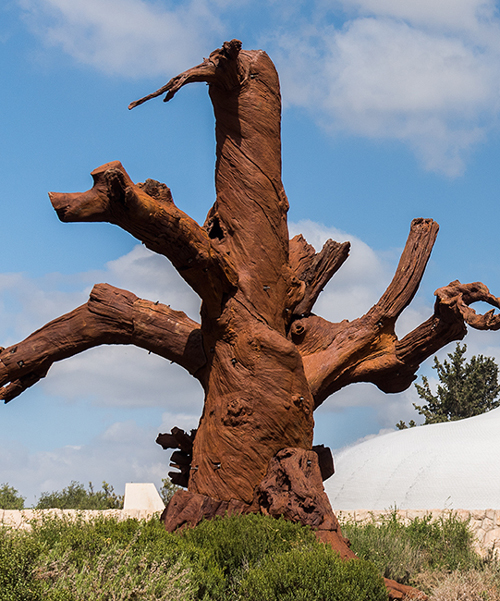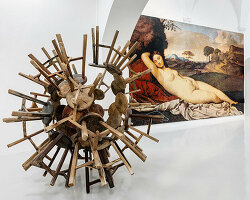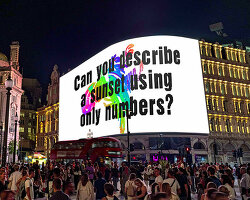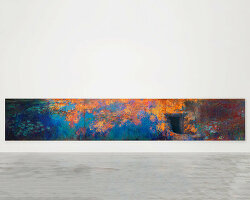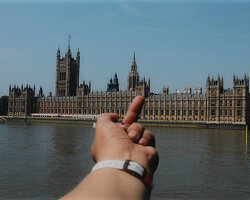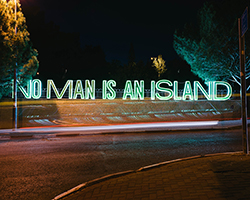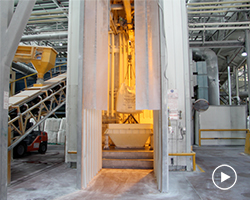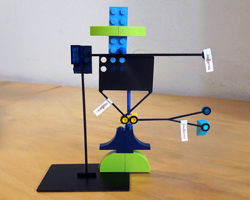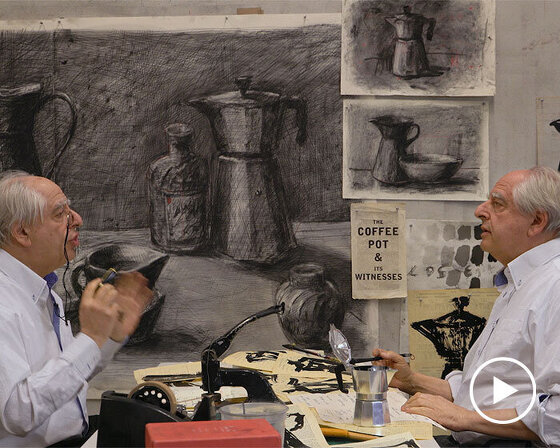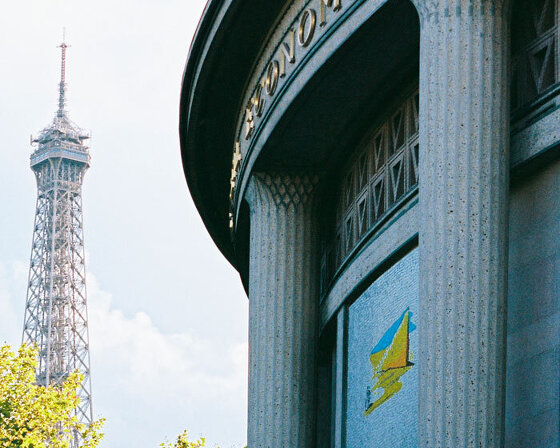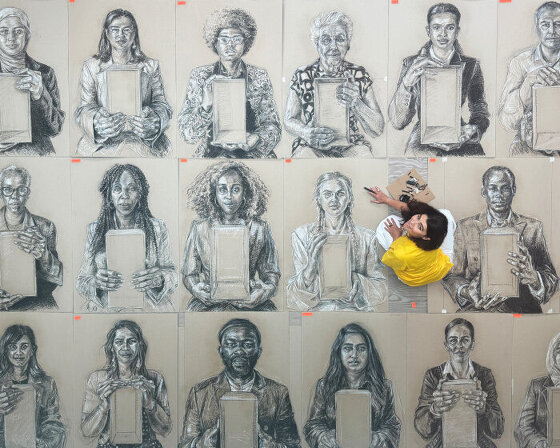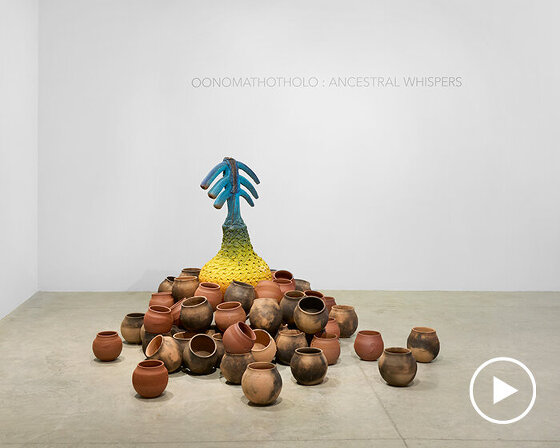unifying massive works by chinese artist and activist ai weiwei, the israel museum presents ai weiwei: maybe, maybe not, an exhibition that features a series of installations that examine notions of the one and the multitude and of the individual’s relationship to his or her broader social culture. premiering the large-scale ‘iron tree’ — towering over eight-meters tall and weighing 14 tons — the visitors are treated along the museum’s promenade as they enter its landmark campus. following the new sculptures, a procession of installations — including ‘sunflower seeds’, ‘trees’, and ‘soft ground’ — are presented together with complementary works also by ai weiwei.
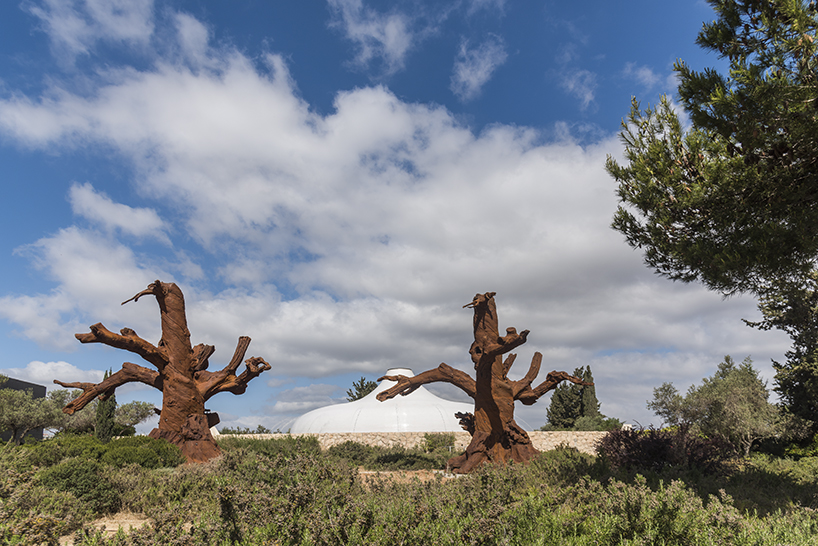
ai weiwei: maybe, maybe not premiers the large-scale sculptures ‘iron tree’
all images © eli posner
sitting outside the israel museum, ‘iron trees’ is ai weiwei’s newest artwork, belonging to the artist’s ongoing series of trees, dating back to 2009. made of iron casts of tree trunks, branches, and roots gathered in southern china and sold in the markets of jingdezhen, the sculptures look at first glance like natural trees. a closer look reveals the illusion, showcasing the artificial connections and joints of these odd yet familiar objects. as in many of ai weiwei’s works, the act of replicating and re-assembling disparate elements to create a single unit can be interpreted as a metaphor for the challenges posed by globalization, which blurs the diversities of individual and cultural identities.
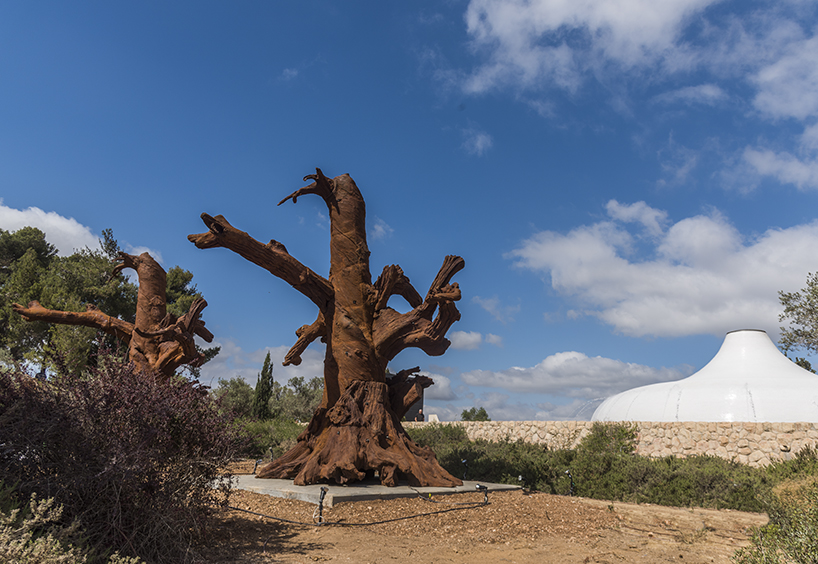
the pieces are over eight-meters tall and weigh 14 tons
by leaving them outdoors, the iron trees rust and become covered in a patina that endows them with the texture of natural trees, allowing them to blend with the jerusalem vegetation — mainly olive trees and rosemary bushes — that surround them. consequently, the trees-turned-sculptures complete the cyclical journey from the natural to the artificial and back to nature again. the decision of placing the trees near the shrine of the book highlights their similarities: both are sculptural objects organically integrated into their environment, and both reflect the idea of preserving the cultural heritage of the past.
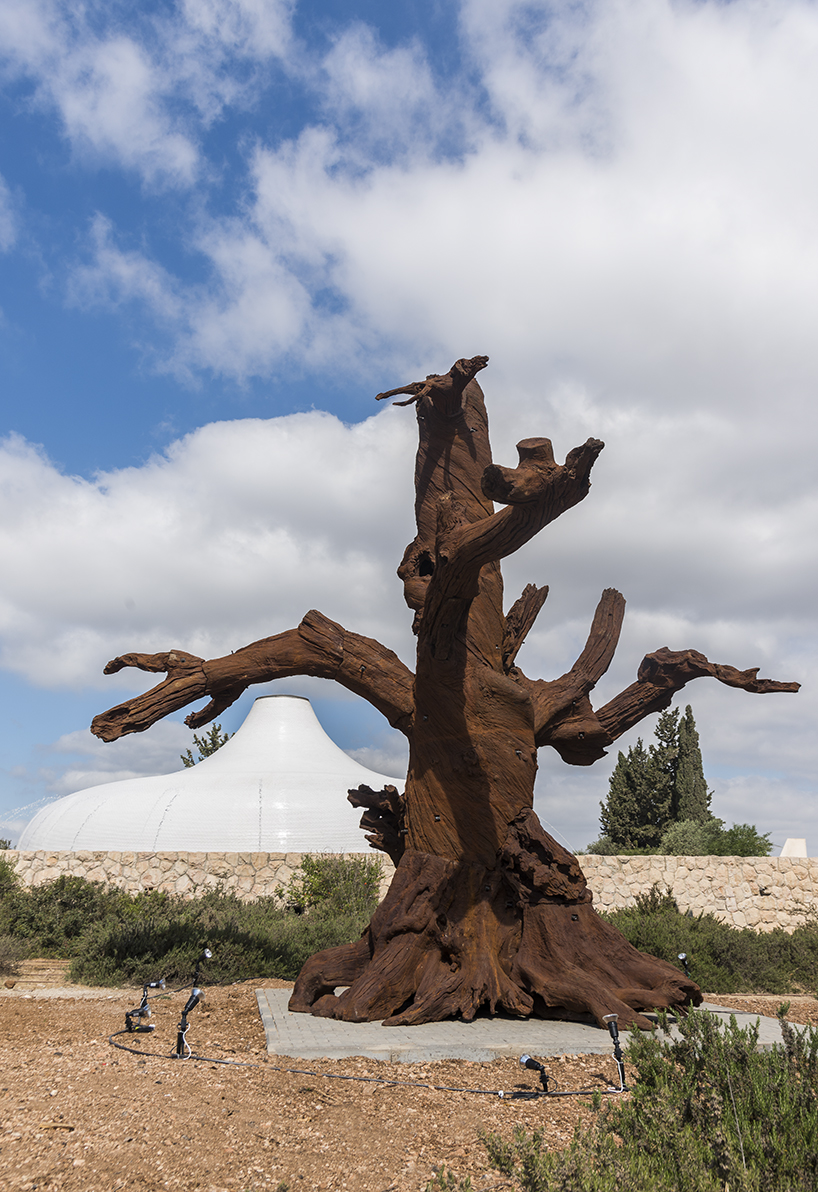
the trees are made of iron casts of tree trunks, branches, and roots gathered in southern china
‘ai’s profoundly metaphorical body of work links contemporary chinese culture with its past in ways that take on even deeper meaning in the setting of israel, with its similarly ancient heritage. by shifting contexts — from china to jerusalem — these installations reflect commonalities between these two civilizations, whose cultures developed concurrently over several thousand years on the eastern and western edges of asia,’ comments james s. snyder, international president for the museum’s worldwide activities. ‘our collections, covering a million and a half years of human creativity from around the globe, also offer a resonant setting for the universality of ai’s work, centered on interconnections among history, place, and human experience.’
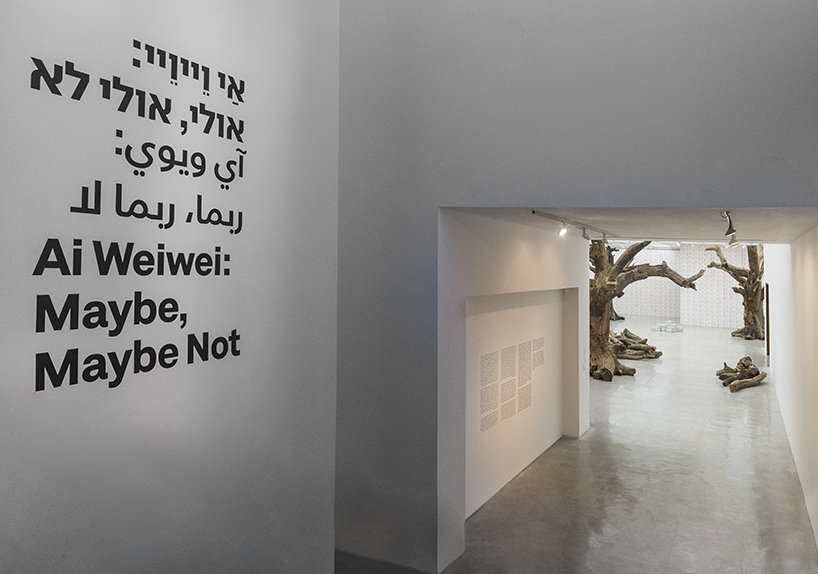
inside, visitors are greeted with ‘trees’ (2010), referencing the ancient tradition of collecting dry wood
installed throughout the museum’s upper galleries — and including examples of ai weiwei’s signature wallpaper combining timely subjects and traditional motifs — the exhibition features various large-scale works like ‘sunflower seeds’ (2010). this sprawling installation, first presented at the tate modern is comprised of millions of porcelain sunflower seeds, handcrafted and painted by artisans from jingdezhen, china’s porcelain capital, whose history traces back to the han dynasty. appearing together as a unified field, each seed reflects the individuality of its creator as compared with the mass production often associated with chinese manufacturing. eating sunflower seeds is ubiquitous across both chine and israel, and the discarded husks that dot each landscape give testimony to centuries of common behavior.
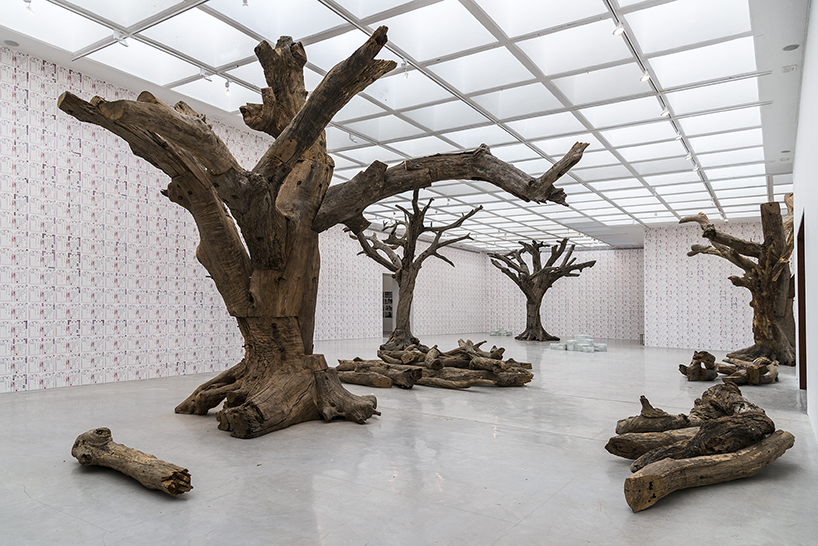
‘trees’ combines different species to create a semblance of a tree
also featured in the ai weiwei: maybe, maybe not exhibition is ‘trees’ (2010), referencing the ancient tradition of collecting dry wood in appreciation of its form. the grove of tree sculptures is comprised of dead roots, trunks, and branches the artist gathered in the mountains of southern china. the work combines different species to create a semblance of a tree, whose artifice is apparent only upon closer inspection. these towering structures encourage an appreciation for the individual elements that combine to make a whole, a recurring motif in ai weiwei’s practice. in jerusalem’s olive tree-dotted landscape, ‘trees’ creates a special resonance with the religious and social meaning of trees in israel.
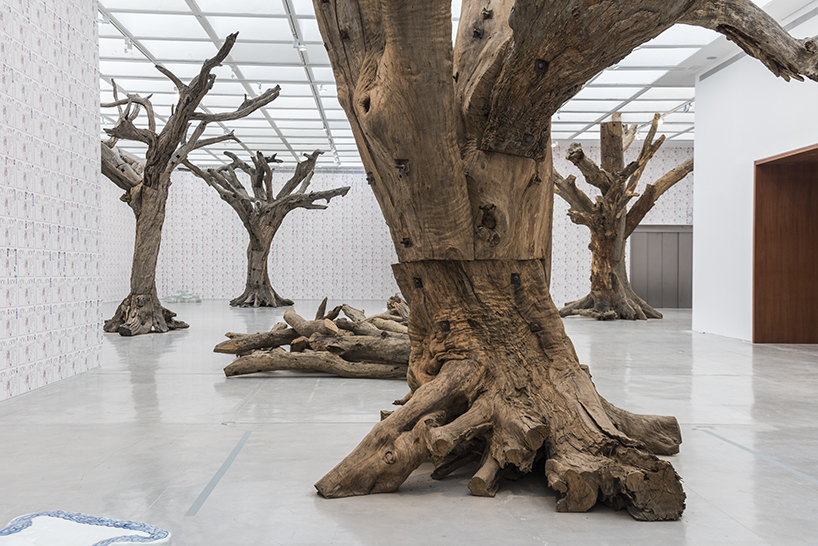
the artifice of the pieces is apparent only upon closer inspection
other works displayed include ‘soft ground’ (2009), a hand-woven carpet that replicated in full detail the floor of the haus der kunst in munich, commissioned by the third reich for the display of nazi-approved art; ‘dropping a han dynasty urn’ (2016) — three mosaic images made of lego bricks that document an art performance carried out by ai weiwei in 1995; ‘rocks’ (2009-2011, a series of stones placed between ‘trees’ that endow the installation with the appearance of a zen garden; and ‘suitcase for bachelors’ (1987), an early art piece incorporating everyday objects amongst others.
the ai weiwei: maybe, maybe not exhibition is curated by mira lapidot, yulla and jacques lipchitz chief curator of fine arts. on view until october 28, 2017.
a behind-the-scenes look at the mounting of the exhibition
video by amir ronen
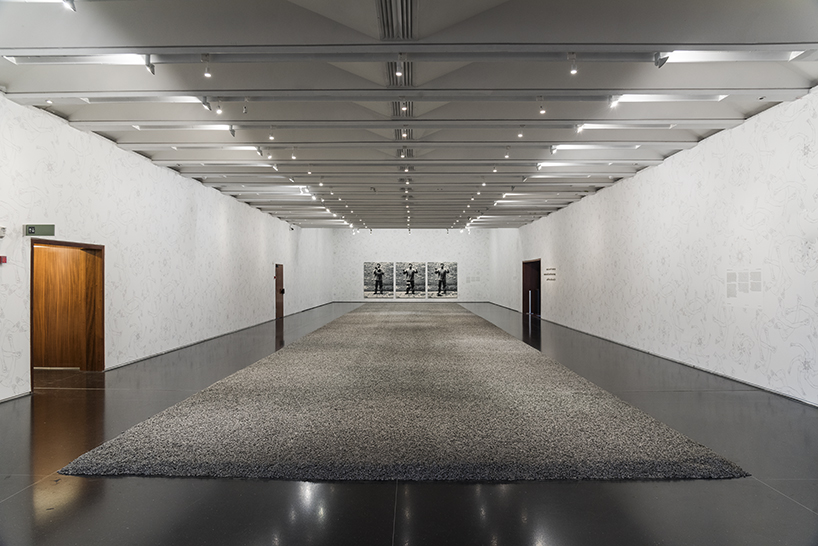
comprised of millions of porcelain sunflower seeds, ‘seeds’ was first presented at the tate modern in london
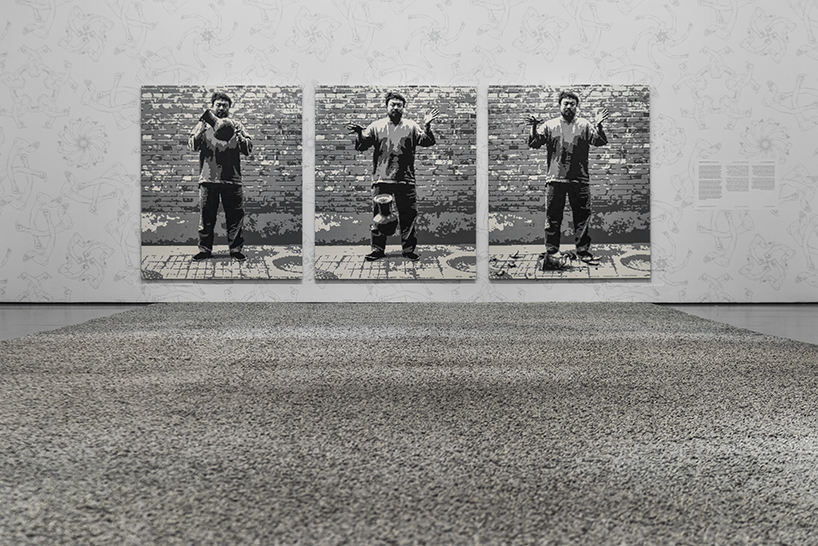
handcrafted and painted by artisans from jingdezhen, each seed reflects the individuality of its creator
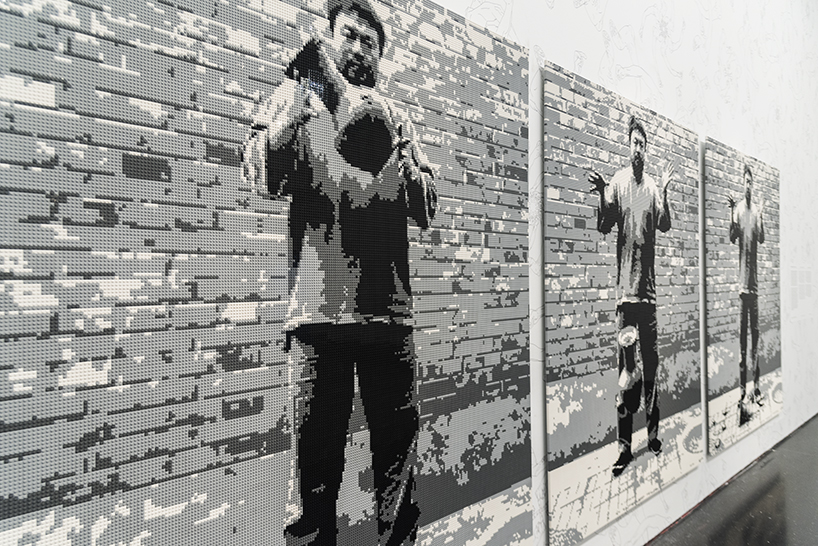
‘dropping a han dynasty urn’ (2016) — three mosaic images made of lego bricks
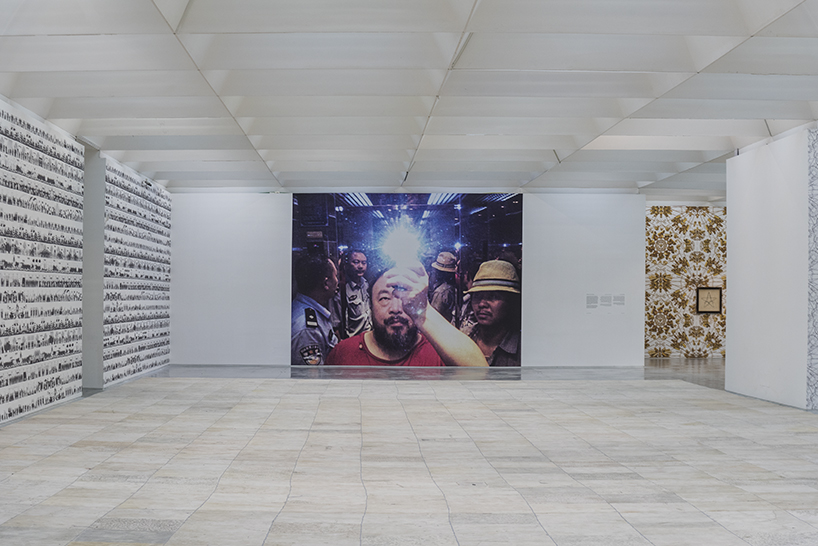
‘soft ground’ (2009), a hand-woven carpet that replicates the floor of the haus der kunst in munich, commissioned by the third reich for the display of nazi-approved art
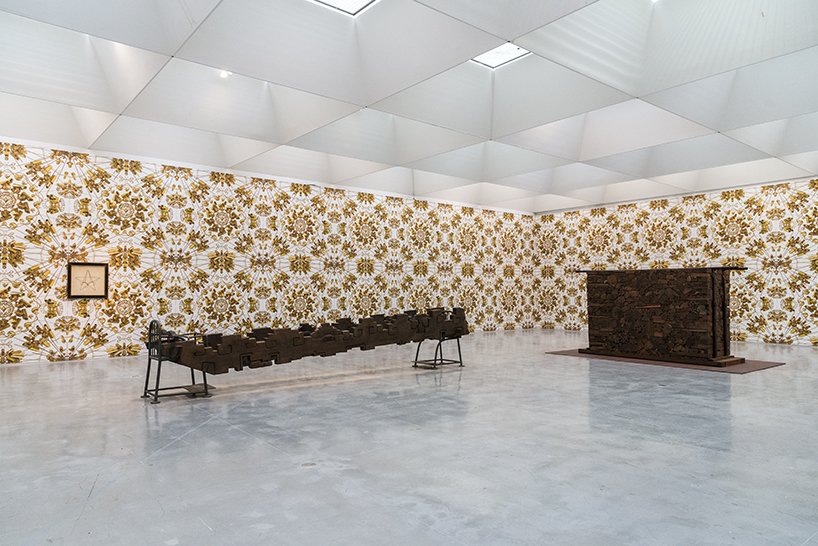
the exhibition includes examples of ai weiwei’s signature wallpaper combining timely subjects and traditional motifs
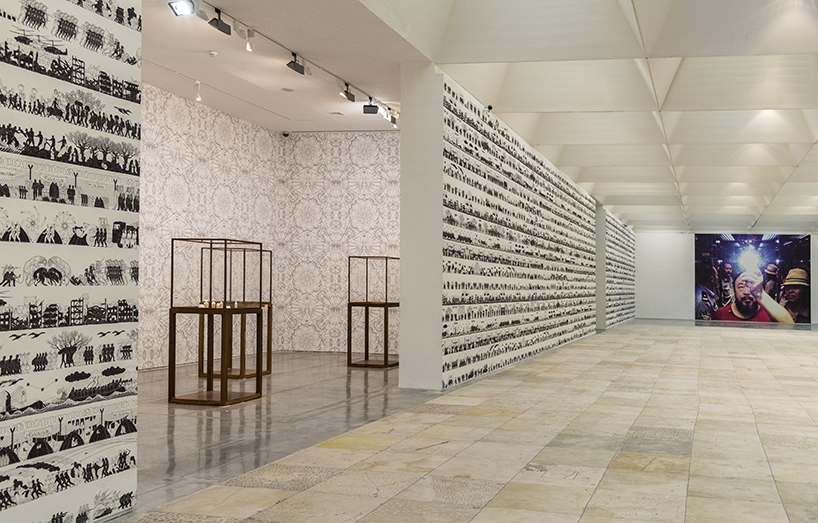
ai weiwei’s work links contemporary chinese culture with its past
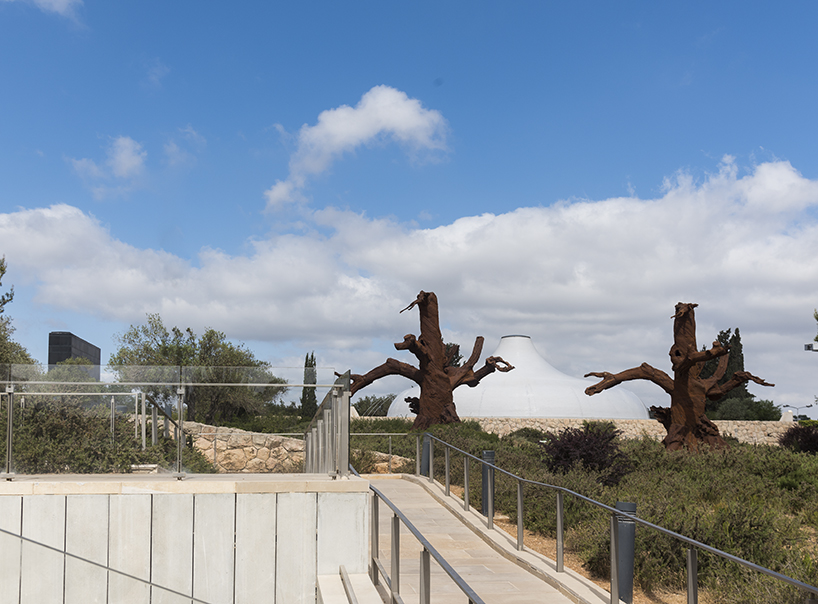
ai weiwei: maybe, maybe not exhibition on view until october 28, 2017
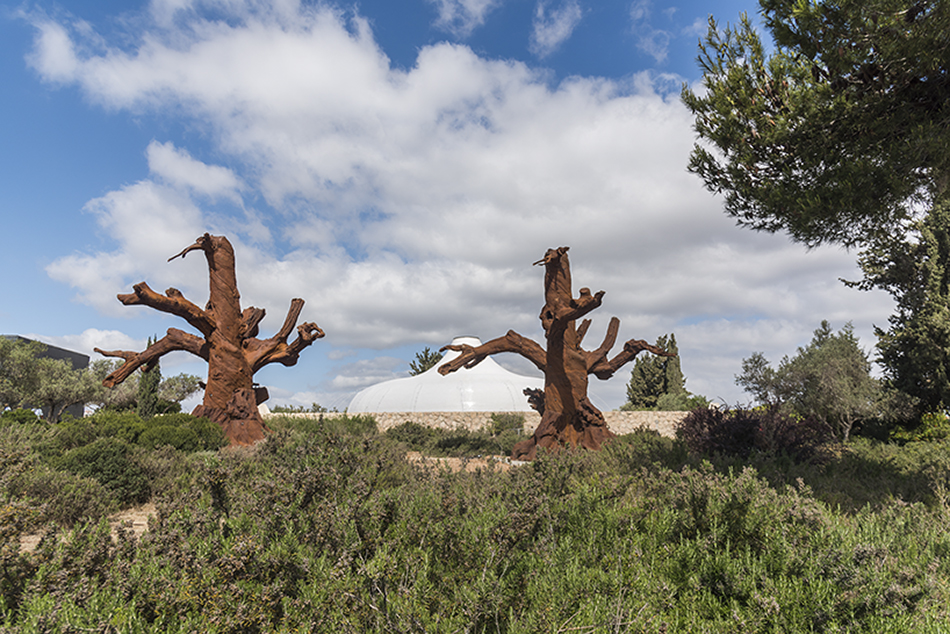
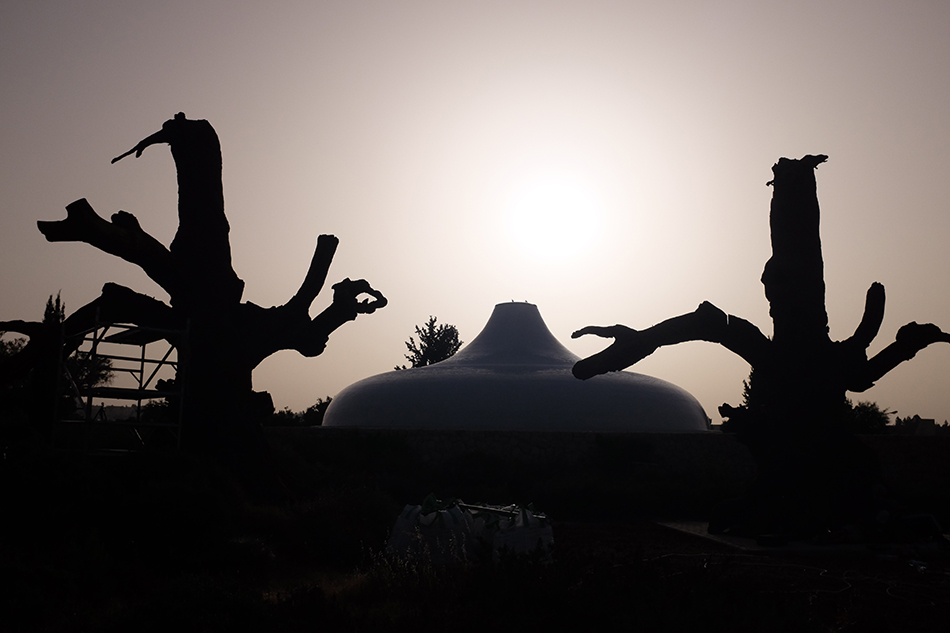
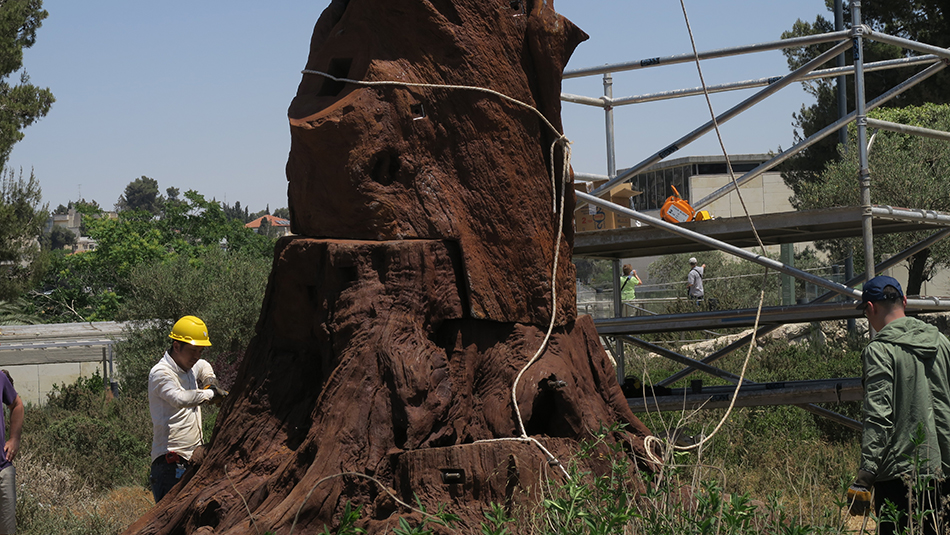
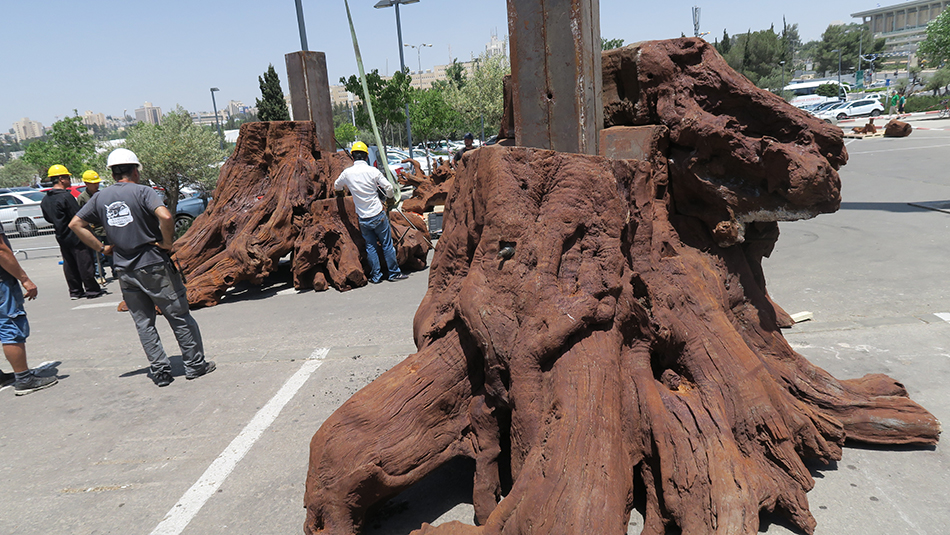
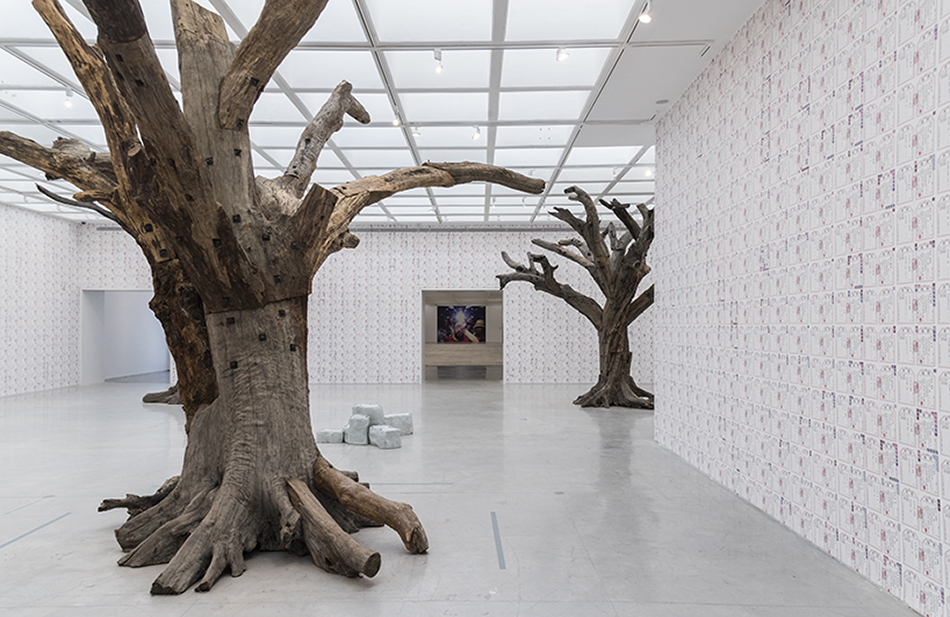
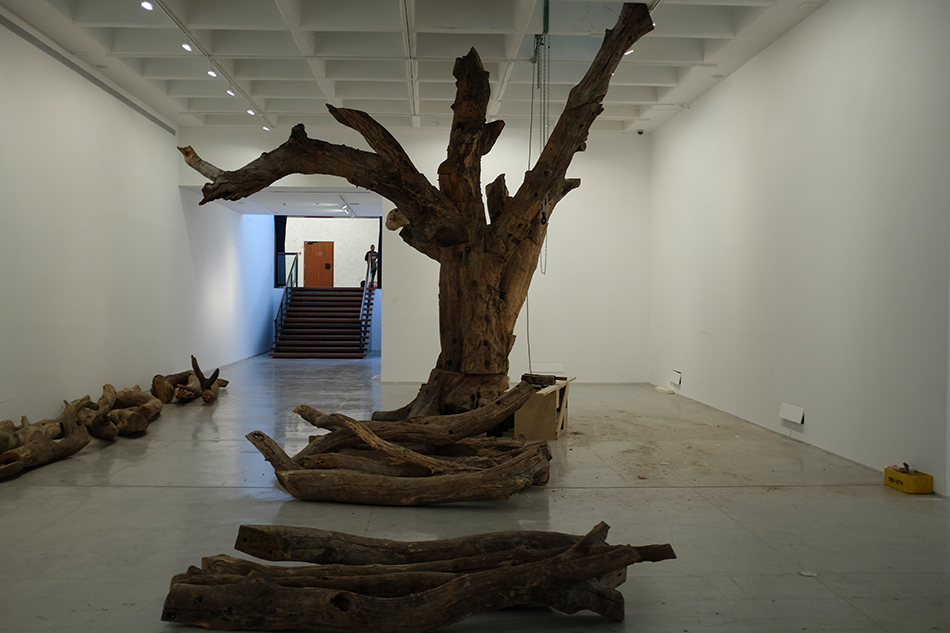
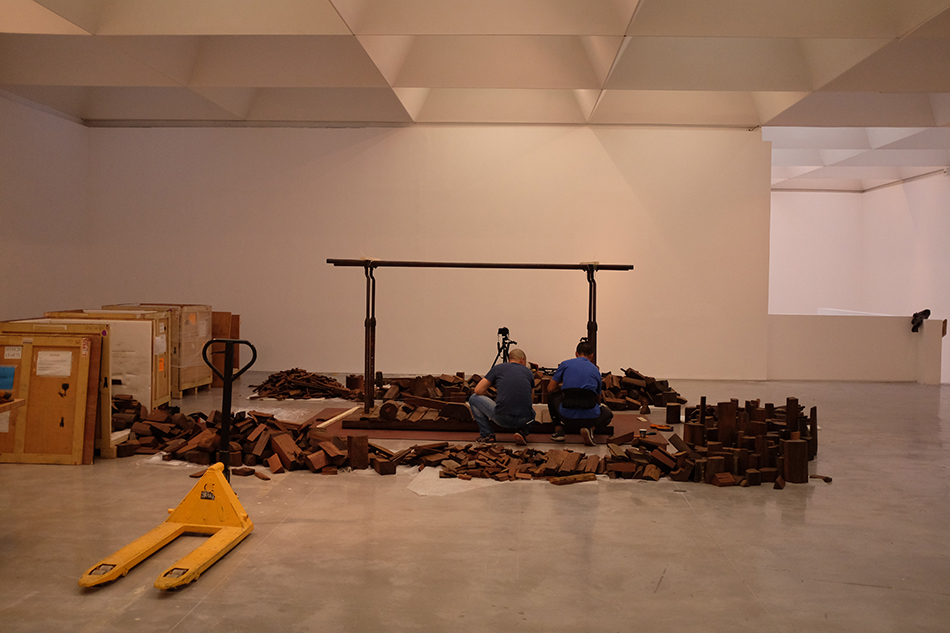
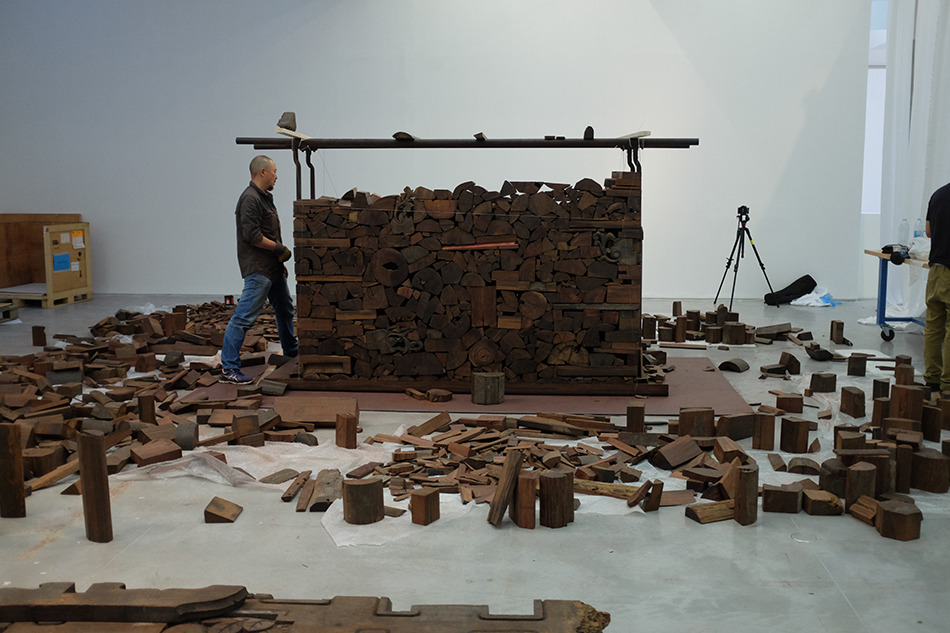
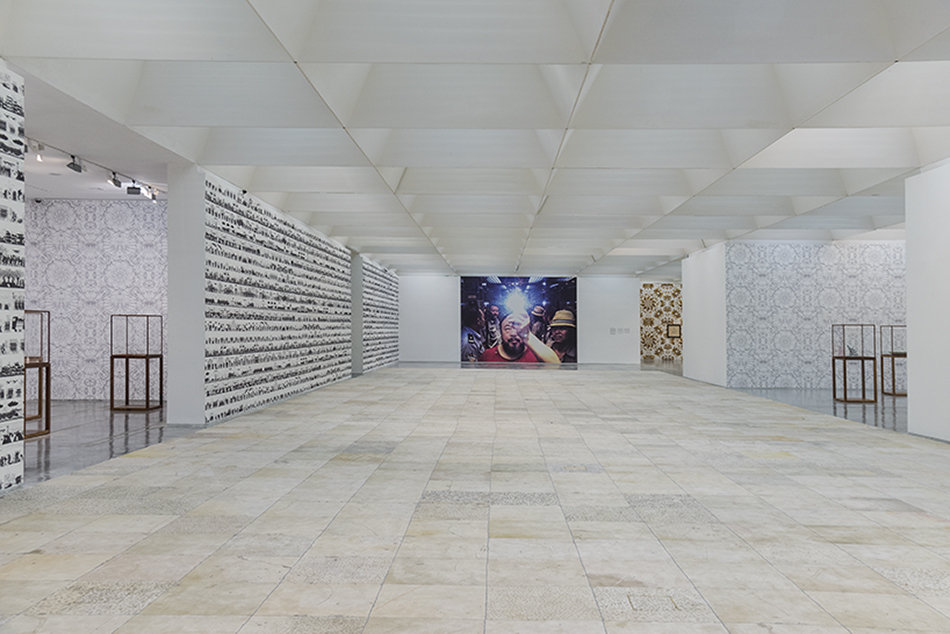
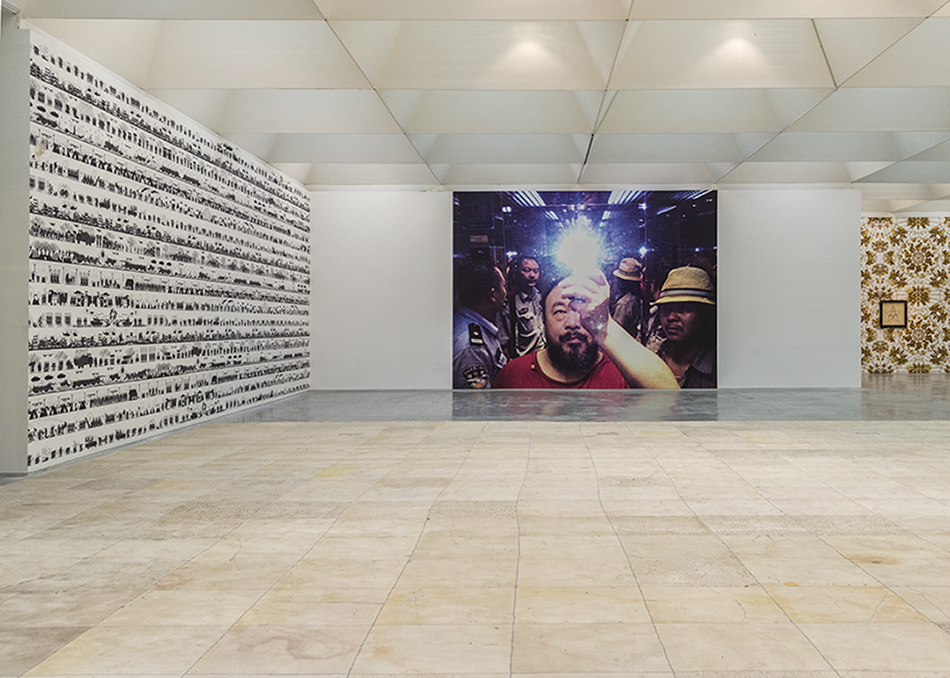
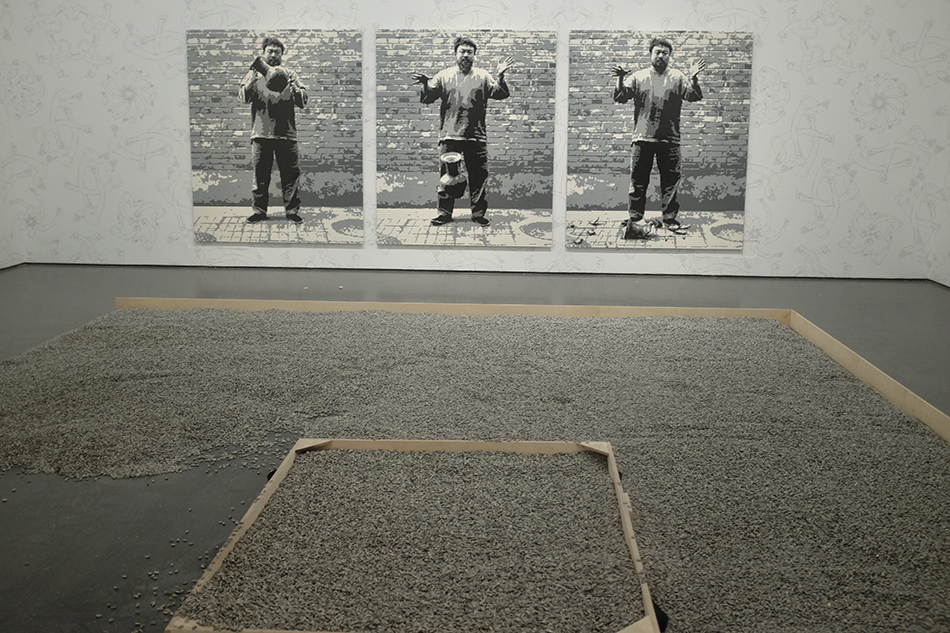
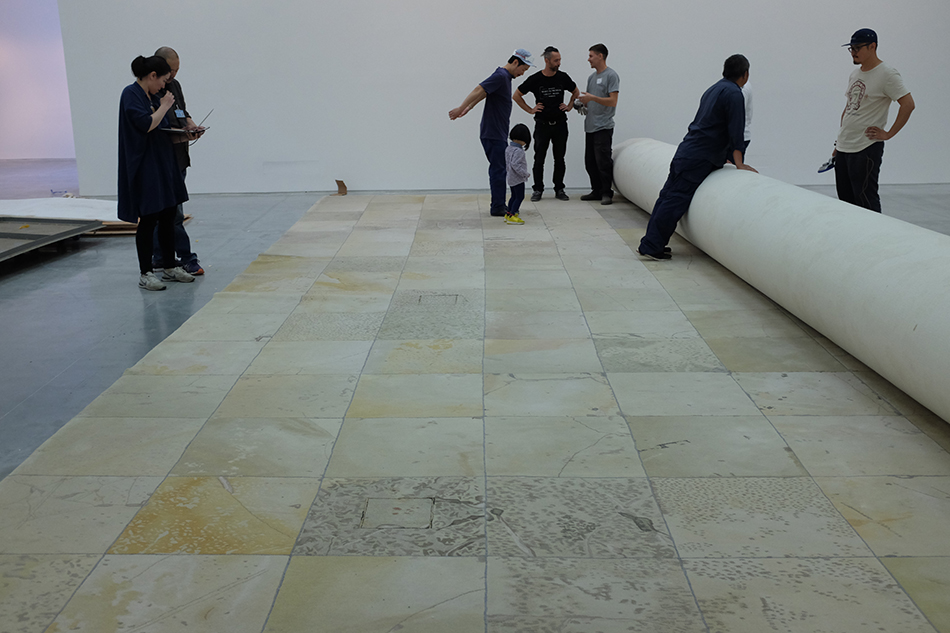
designboom is an official media partner of jerusalem design week 2017. stay tuned for more coverage of JDW.
jerusalem design week focuses on extending the dialogue on issues both unique to jerusalem as well as globally, with a strong emphasis on the social aspects of design and its possibility to influence both identity and community. JDW’s curatorial team invited over 50 designers, both israeli and international to create new works, installations and projects that would address the main ‘islands theme’. initiated by the hansen house the center for design, media and technology, the exhibitions are shown in multiple other locations throughout jerusalem’s eclectic talbiya neighbourhood, including the hansen house, a former telephone exchange and the nature museum. the 2017 edition has been curated by artistic directors anat safran and tal erez, managed by ayelet dror for ran wolf urban planning and project management. funded by the jerusalem development authority in cooperation with the ministry of jerusalem and heritage, and the jerusalem municipality.
ai weiwei (91)
jerusalem design week 2017 (4)
PRODUCT LIBRARY
a diverse digital database that acts as a valuable guide in gaining insight and information about a product directly from the manufacturer, and serves as a rich reference point in developing a project or scheme.
